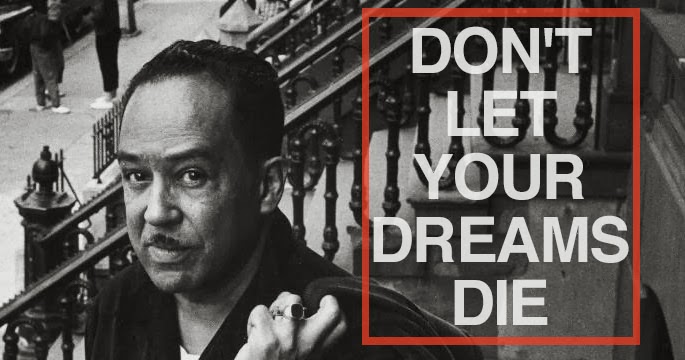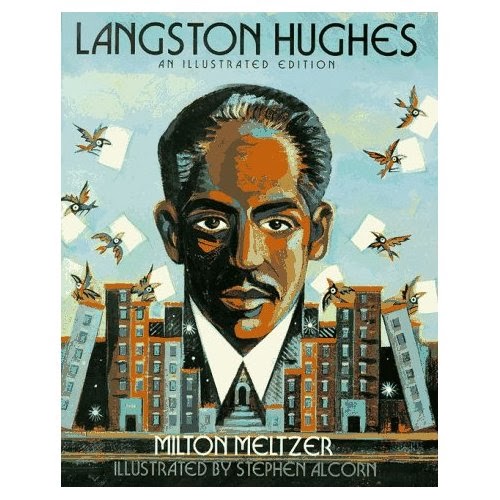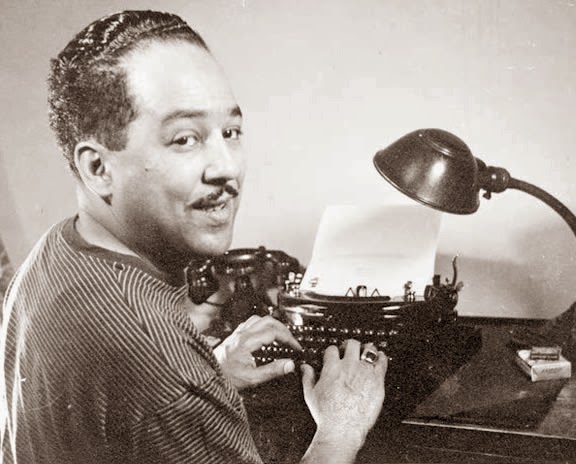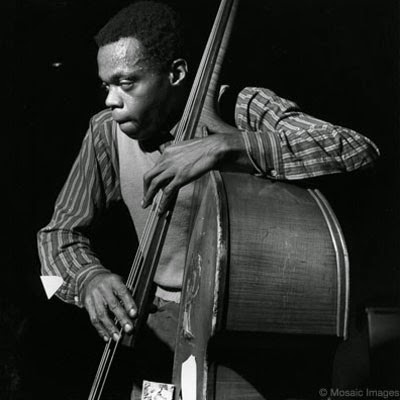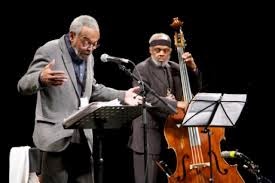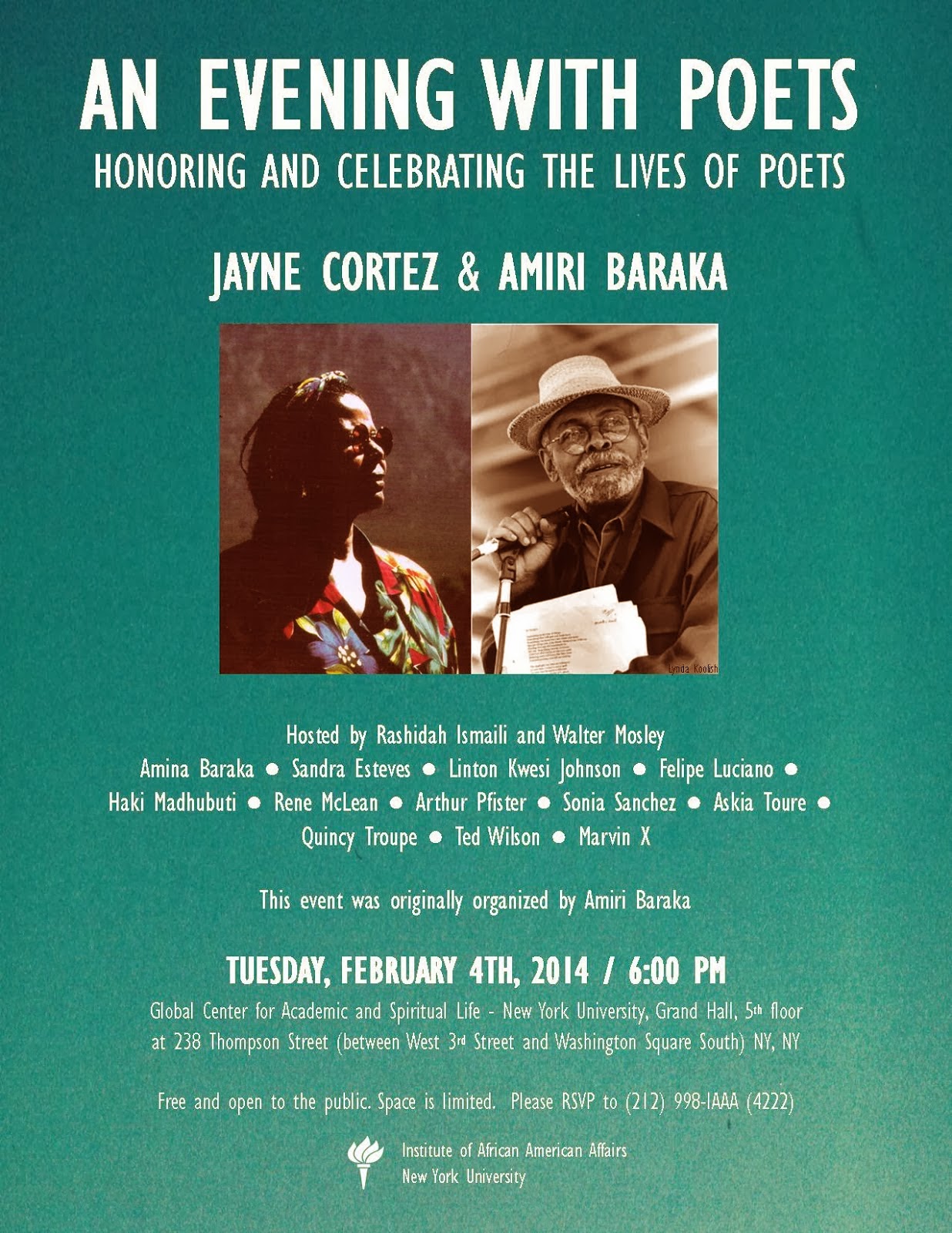
Newark, New Jersey the Struggle of Education as a Right Not a Privilege, Principals Silenced for Challenging School Closures
By Malik Sekou Osei
28 January 2014
28 January 2014
We have seen a number of decades go by with Blacks in offices as elected officials, and still the African American has no real power of his life. From a number of mayors to governors and now, even as the president, yet there no political traction to move beyond high unemployment, lack of health care, police Stop-and-Frisk and the question of the right to education and training.
As we look across a river, we see the injustice still blooms very large in for the African American people of Newark as they whisper the screams of a sterile flower of Black political representation that only represents the attempts of Black elected officials of getting paid. They all preform a chaotic loud musical of silence as a militant minstrel show of emptiness. For it’s all just posture of becoming the brokers of discontent of a failed populism. Newark was one the first cities to have a Black mayor Ken Gibson, Sharpe James up to Cory Booker and still Black people still have no political capital. After the symbolic dance of militants of a spirited house that brought a house Negro to the mayor’s office in 1970, who still behaved as a house Negro in protecting the corporate interests of the city under the poems of artists of identity. Where the status quo would never use them as brokers of discontent, thus in their symbolism they would never draw up history for lessons.
Now, it seems under the present Black leadership of protest, we are still stuck in 1967 and growth of empty flowers of plastic without any real scent only pretty to look at as plastic roses of Black political symbolism without the reality of power for the poor.
While, in reality there are objective laws, if you put broken ice on the side walk you’re wide up with a wet street and nothing more. It seems that the symbol of militant reform can mobilize a militant populism, never drew up the lessons of history and the racial betrayal for access to recourses, by racial militant careerist. For the history of militant culturalism through of sloganeering of some great poetry in Newark has never created an urban populism.
As similar forces continue this same empty dance of militant populism around getting elected or around elected officials, will only leave the empty tune of symbolism and failure. What has to be understood is the role of African American careerist as collaborator.
While, as the people of Newark faces this question on the right of education on January 17, Cami Anderson, the Newark public schools superintendent picked by New Jersey Governor Chris Christie, who was to suspended five school principals, including four who spoke at a local community meeting in Newark to oppose the “One Newark” program, one of the most up to date attempts to privatize public education in Newark.
What has to be understood is that under the “One Newark” plan, so-called because students will be permitted to register in any school in their age group in the city, while in fact, many public schools will be closed, and their students forced to show up in schools in other places, often at vast distance from their residences. The empty school buildings will be filled by privately run, as publicly funded charter schools.
Principals H. Grady James
Principals H. Grady James of Hawthorne Avenue School, Tony Motley of Bragaw Avenue School, Dorothy Handfield of Belmont Runyan School, and Deneen Washington of Maple Avenue School were all suspended for declaring and expressing their opposition to the plan at a meeting at the Hopewell Baptist Church on January 15. The meeting was organized by Democratic city councilman and mayoral hopeful Ras Baraka (son of Amiri Baraka the poet and writer), who hopes to exploit opposition to the reorganization plan to further his own electoral ambitions.
 Ras Baraka
Ras Baraka After public protest, four of the principals resumed their duties last Monday, and one, Deneen Washington, was told to report to the central office of the school district.
 Deneen Washington
Deneen Washington It must be noted that the city of Newark has a population of just fewer than 300,000 and is New Jersey’s largest city. According to the latest statistics, roughly a third of Newark’s residents lived at or below the federal poverty line, and Newark is still largely African American.
The Newark public school system, with about 40,000 students and 3,000 teachers, has been in state receivership since 1995. The rights of teachers in particular have been under sustained attack for several years. In 2012, the Newark Teachers Union signed an agreement—widely advertised and hyped in the media as a “landmark deal”—with the state that applied a merit pay system based on the determination of a teacher’s classroom performance.
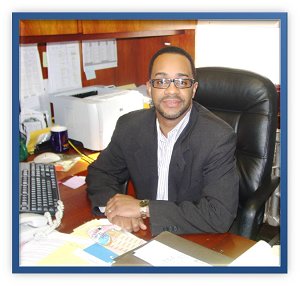 Principal Tony Motely
Principal Tony Motely  Dorothy Handfield
Dorothy Handfield The contract abolished the annual raises for experience, standard for decades in American public schools, and abolished automatic pay increases for those teachers who obtained advanced degrees. Since teachers who already had advanced degrees were allowed to opt out of the new system—and most did—the Newark public school system now effectively has a two-tier system of appraisal for teachers.
The Newark schools were the recipient of a $100 million gift from billionaire Facebook founder Mark Zuckerberg in 2010. Some of this money was used to found new charter schools, while much of the remainder was kept in a pool for teachers’ merit pay.
While speaking on the phone and E-mail with teachers they believed that the standards for student performance were set so high that they have little hope of receiving any raise. In fact, only %5 percent of eligible teachers received a merit pay raise last year in 2013.
In addition to this degrading of teachers’ rights, fully accommodated by the union, Cami Anderson laid off over 100 school employees last June.
Anderson, a personal friend and political ally of former Newark mayor and current US Senator Corey Booker, a Democrat, is portrayed in the media as a “gutsy reformer” who is challenging the out-of-date Newark educational system.
The truth is that the “One Newark” plan aims at transferring public wealth from the working Black people into private white corporate hands. This process has been going on at a national level with cities such as Detroit, New Orleans, Chicago, and New York as the vanguard.
As elsewhere in the US, the domination of charters in Newark will allow for easy firing of teachers and the slashing of their pay, along with the subordination of education to standardized test scores and the labor demands of private corporations.
What separates the situation in Newark—and sets a treacherous pattern —is the anti-democratic silencing of opposition by educators to the privatization plan.
Teachers and school workers spoke about the issue at a recent public meeting on the suspension of the principals. They highlighted that they were under a gag order from school authorities and feared retribution if they remarked publicly.
It should be said, that Chris Christie was the one to give Anderson her job. She has no training in pedagogy or care about education. Her role is to drive out higher-paid teachers. Right now in Newark they already changed the tenure system, now for a teacher to get their tenure they must teach five years instead of three. While will happen at the fourth year the administration would make moves of changing teachers or giving bad reviews and holding low test scores against the teacher as the means to denies tenure and to seek to buy out senior teachers and replace them.
The game that the flunkies for Governor Christie will argue is that the Newark schools have very low enrollment. However, this was done because Superintendent Anderson was to close down feeder schools. Now those students under One Newark can go anywhere rather than local schools, where they are slated to go.
Now, forces in Newark are using the example of New Orleans and Katrina, where the excuse in Newark is low attention to begin the growth of charter schools on the public watch. If local teachers and administrators speak out, they are under the threat to be suspended.
As of right now Newark schools are %100 percent managed and controlled, while at the same time Camden and now Jersey City has only half of its schools are state run. They local leadership of these cities is selling the city’s property to make a personal windfall profit.
Now the fight around the right of education has become the struggle of not turning local teachers and administrators into proper pantomime of silence. For looking at the history of Black elected officials this has been their political method of political survival.
They would provide limited concessions to keep the urban space governable without challenging white corporate power. For in the long range objectives of corporate capital as they bring further austerity is to makes their political representative regardless of color dance as pantomimes without real music as empty symbols of actual distractions.
Unfortunately, Newark has had a long history of this, from the July 12, 1967 beating of the Taxis driver John Smith was beaten after he was picked up by the police and taken to the police station at the Fourth Precinct. At this point the people refuse to dance the pantomime in silence. They came out of the Hays Housing Project, while John Smith was the lit match of conditions that torn down Springfield Ave.
While, there was no formal organization and it was a spontaneous eruption against racialist police violence and without actual political leadership the motion collapse into cultural militant symbolism that would become broker of discontent that has left Newark politically vulnerable because of a tradition that never prepared anyone outside of militant symbolism to be the vehicles of militant sounding Black elected officials that was help by corporate monies to keep the cities governable for private profit.
For the people of Newark, history is on their side, but not time…















 Skin-lightening is now considered an epidemic in Jamaica, reaching disturbing levels within recent months.
Skin-lightening is now considered an epidemic in Jamaica, reaching disturbing levels within recent months.













